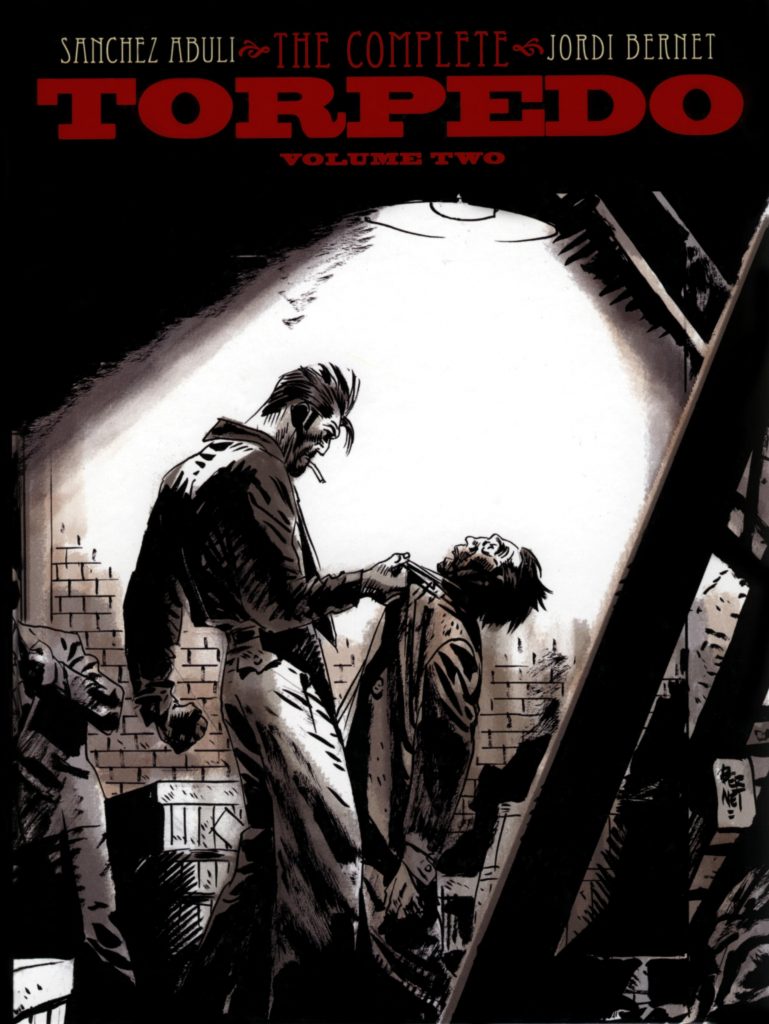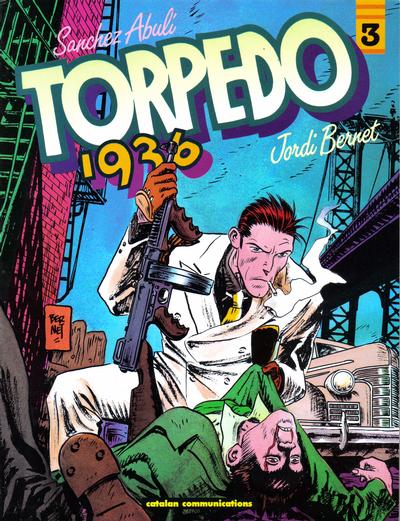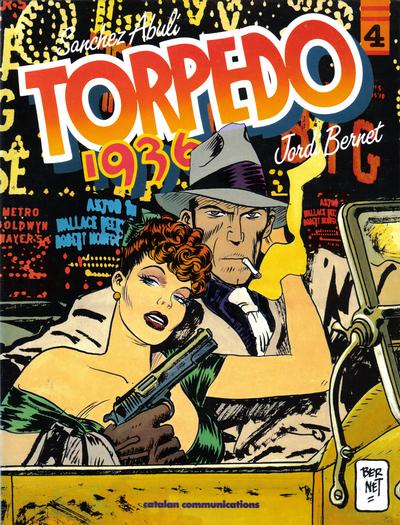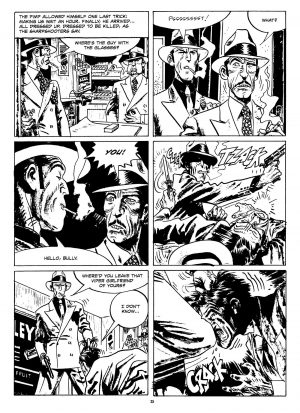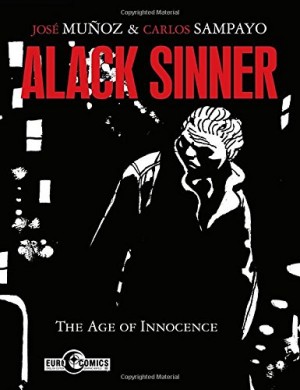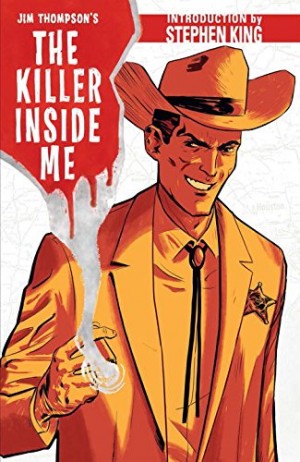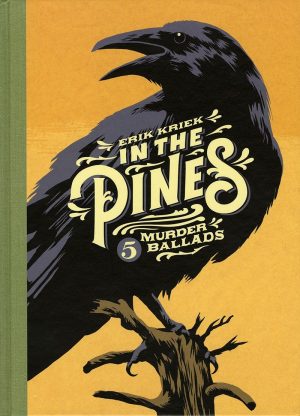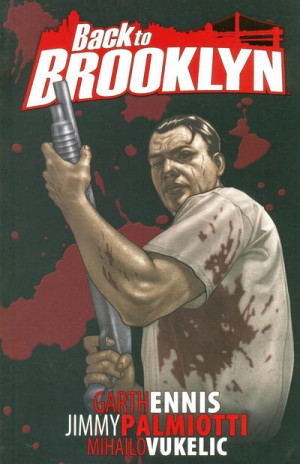Review by Frank Plowright
Stories? You say you want stories? Enrique Sánchez Abulí has them by the wheelbarrow. Like the time gangster Luca Torelli had to kill a man with the devil’s luck when it comes to surviving assassination attempts, or the time he had to deliver a bomb in a clock set to go off on the hour, or the time he pulled a four stretch at Sing Sing. They’re all brief, brutal and compelling.
These stories were first published in Spain in the mid-1980s, but as they’re set in the past there’s a timeless quality to their period drama. Torpedo was a term applied to a hired killer in the 1930s, and Torelli has few compunctions about the necessities of his trade, his only concern being to pick up his money. For all that, the scripts ensure almost everyone in his gun sights is lacking ethical scruples of their own.
Despite Alex Toth in volume one, it’s difficult to imagine anyone other than Jordi Bernet bringing Torpedo to life. His stark black and white looseness nails the darkness of Torelli’s world, the shadows crawling from every corner and the light providing equal shocks. Within the loose style, there’s an attention to period detail, and a great visual characterisation to his cast. Torelli is lean and angular, a cigarette more often than not almost glued to his lips, but we have the jowled chubby faces of others, the fearful, sweating, victims to be and the glamour women of the era.
It’s with the women that we run into problems with Torpedo. Political correctness isn’t going to apply to stories about a mob killer, and Torelli’s attitude to women appals as much as his attitude to humanity in general. There are several rape scenes, and while distasteful, they can be seen as consistent with his character. The disturbing aspect is that more than once a sequence begins as rape and ends with the woman enjoying the experience. To include this once could be considered a comment on the women who run with gangsters, but doing so more than once is offensive in trivialising a horrendous ordeal.
As previously, the ongoing activities of Torpedo and Rascal in the mid-1930s are occasionally interrupted by a dip back into the past, such the tale detailing how the pair hooked up in the first place. It’s a typical story of cross and double cross that works its way to a great ending open to different interpretations, and as good an example as any of the way in which Abulí knots together a clever plot with a neat twist in ten pages or under. It’s a speciality achieved time and again, and highlighted as the ideal format by the closing tale, which occupies roughly the final third of the book. It doesn’t work at that length. Abulí lets the plot run out of control, delivering not a jot more punch than he does over ten pages, and as such making the closer an exercise in going through the motions. Bernet’s fine. He always is, and gives a cinematic sweep to the plot that makes it look much better than it actually is. This is a rare lapse, and when he again supplies a longer piece in volume three it’s far better.
This material was previously published as volumes 3 and 4 of Catalan Communications’ 1980s translations. These are in colour, but it’s poor, and the strip works better in black and white.
